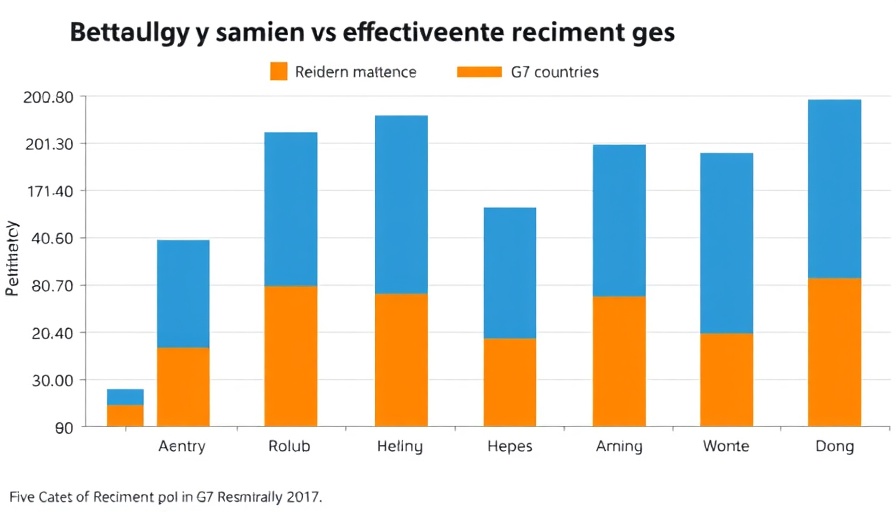
CHROs Shift Strategies Amid Economic Uncertainty
In a surprising twist this year, chief human resource officers (CHROs) are bracing for change rather than expanding their teams. According to a recent report from The Conference Board, 20% of CHROs plan to decrease hiring in the next six months. This figure represents a notable increase from just 11% a year ago, indicating a cautious approach towards workforce management amid ongoing economic fluctuations.
Preparing for the Future: Training Over Hiring
Instead of focusing merely on recruitment, many CHROs are directing their efforts towards leadership development and change management training. Approximately half of the surveyed officers expressed intentions to invest in these areas, realizing that enhancing the skills of current leaders and managers is essential for navigating the uncertain landscape. As Diana Scott of The Conference Board puts it, “This slowdown in hiring isn’t about losing confidence — it’s about being smart and strategic.” This viewpoint reflects a broader trend towards people-first leadership, where organizations prioritize strengthening internal capabilities before pursuing growth.
The Importance of Employee Retention and Engagement
Interestingly, the outlook on employee retention remains surprisingly stable, with about a third of CHROs anticipating improvements in retention rates over the next six months. Moreover, nearly half expect engagement among employees to rise, while only 14% foresee a decline. This focus on employee engagement aligns with the rising emphasis on high-performance culture and performance-driven leadership strategies within organizations.
Conclusion: A Call for Workforce Optimization
As the job market continues to evolve, CHROs are urged to harness these insights for effective workforce optimization. By prioritizing training and development, organizations can ensure their leaders and teams are equipped to handle changes confidently. For those in roles critical to employee performance and productivity, the message is clear: enhancing your current workforce might be your best strategy for success in these uncertain times.
 Add Row
Add Row  Add
Add 




Write A Comment